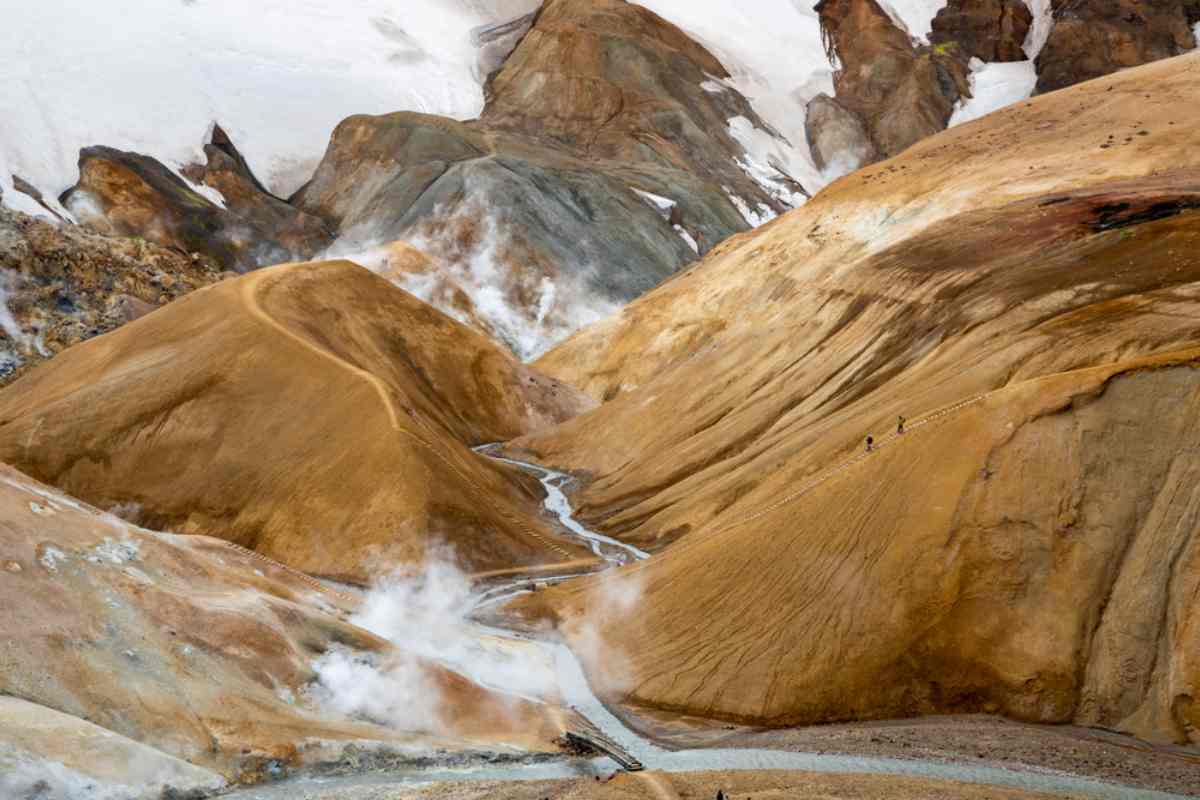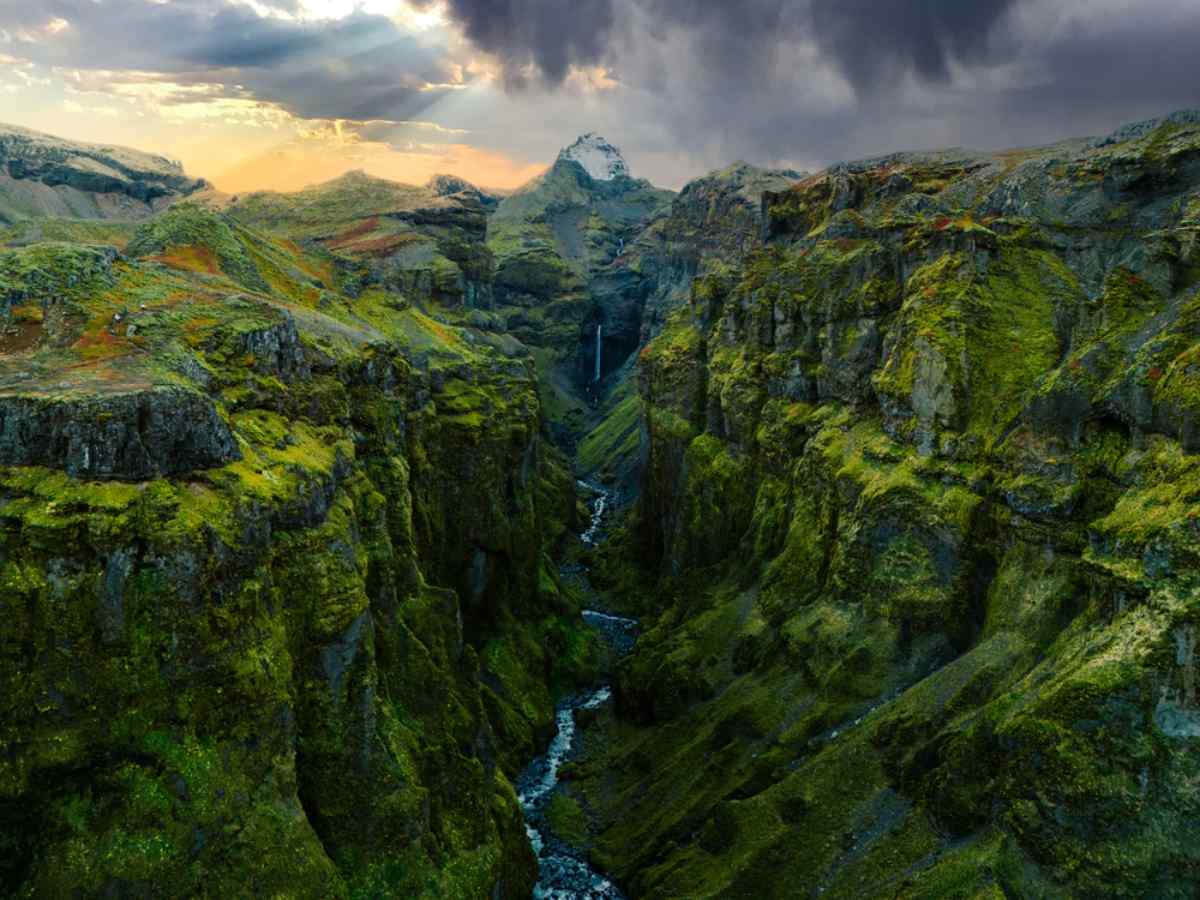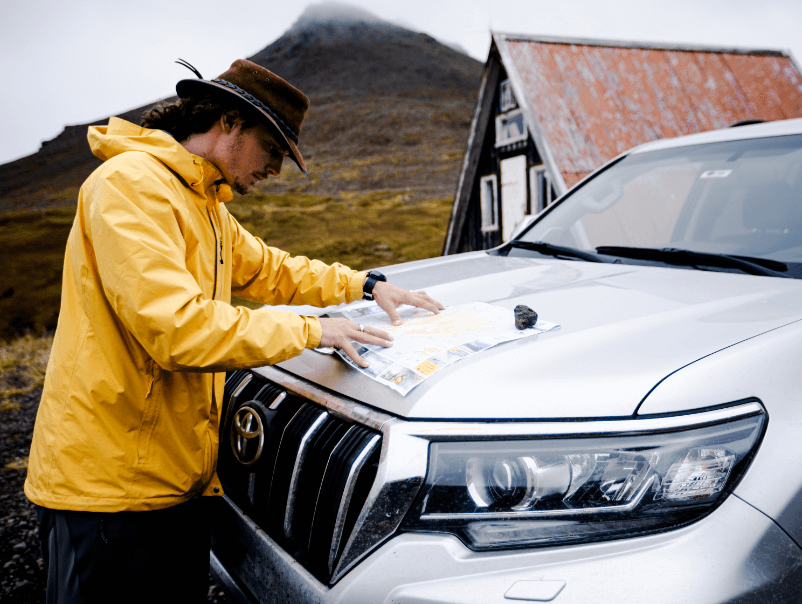Icelanders are a seafaring nation. Whether it’s Vikings cruising the ocean for resources or fishermen ensuring the survival and economic growth of the country – fishing has always played a big role in the country. Today, fishing in Iceland is still done for economic reasons, but many visitors now also flock to the country to experience it as a unique recreational activity.
In this article, we will do a deep dive into Iceland fishing – its rich history, what the industry looks like today, where the best fishing spots are, and what you can look forward to catching. So if you’re a fishing enthusiast, or just want to learn more about the role fishing in Iceland plays, read on.
The History of Fishing in Iceland
As we already mentioned, fishing has been intrinsically intertwined in the Icelandic culture ever since the very first settlement here on the island. That’s from the 9th century already! During this time, fish were not just a meal, but was used in a variety of ways in daily life. Fish oil was used to give light, and fish leather waterproofed clothing. With this in mind, it’s no surprise why most of Iceland’s towns and villages are located next to the coast.
Njordr (the Norse god of the seas that’s considered extremely benevolent) must’ve set his personal feelings and grumpy nature aside a bit because Iceland certainly received the favor of this deity, and by the 14th century fish had become the country’s biggest export. So, from dietary staple to export product – fish has always topped the charts here in Iceland.
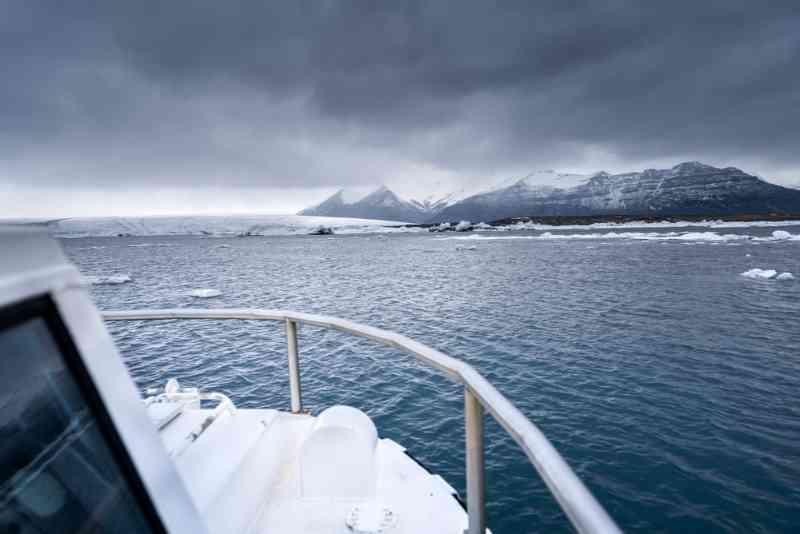
Proper fishing vessels, entering the picture in the 20th century, completely revolutionized fishing in Iceland. To put things into perspective; by 2017 Iceland was the 18th largest fishing nation in the world and the 2nd largest in Europe, making up 1.3% of the global annual catch total. By 2020, fish were being shipped from Iceland to 95 countries around the world!
Fishing was Not for the Faint of Heart
Let’s just take a moment to recognize that fishing was definitely not considered a relaxing pastime during those early settlement years. Seas were rough, the coastline was rocky, the weather unpredictable, and boats were not the sturdy vessels they are today.
Add the pressure of the basic survival of your friends and loved ones to the mix, and you can start to see why being a fisherman was such a revered career choice, and definitely not one suitable for everyone. It was the cream of the male crop that ended up as seafaring men. On Snæfellsnes you had to prove your worth before being allowed out on the ocean.
One had to go through the Lifting Stones gauntlet on Djupalonssandur Beach to see whether you were fit and strong enough to take on the mighty seas. The Lifting Stones pretty much says it all. These were four stones of various sizes and weights, and would decide your seafaring fate depending on which you could lift:
- Amlodi aka ‘Lightweight’ = 23 kilograms
- Halfdrættingur aka ‘Half as Good’ = 54 kilograms
- Halfsterkur aka ‘Half Strong’ = 100 kilograms
- Fullsterkur aka ‘Full Strength’ = 154 kilograms
These stones can still be found on the beach, and although the days of testing who can enter the waters are far behind us, it’s still fun to see what friends and family are made of (just don’t push the limits and pull a muscle!).
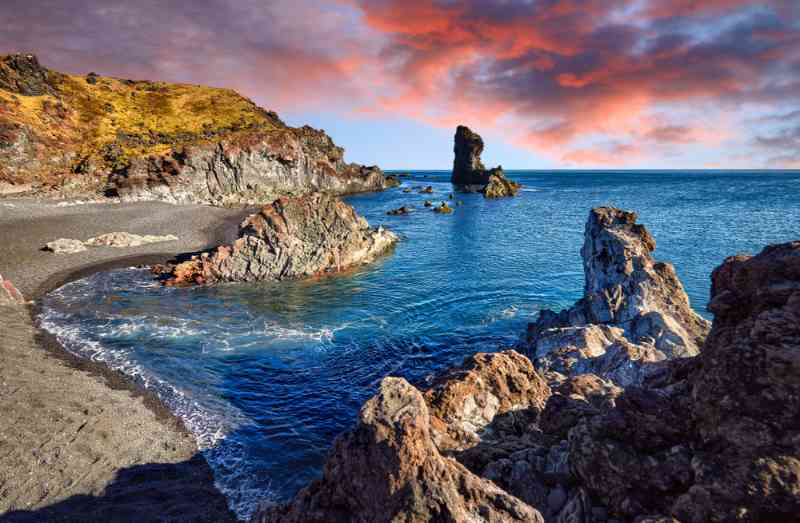
Fishing in Iceland Today
Today, fishing in Iceland is still a big part of Iceland’s economic growth, but one can also enjoy it as a leisure activity that doesn’t revolve around whether you’ll be able to eat or keep the lights on.
Commercial Fishing in Iceland
As we already touched on, Iceland is still a major player in the commercial fishing industry today. The country boasts more than 1600 commercial fishing vessels (quite a feat for such a small island), and has some of the most advanced and sophisticated fishing technology in the world. The most commonly harvested fish are Halibut, Cod, Hake, Haddock, Flounder, Mackerel, Shrimp, Lobster, and Scallops.
Icelanders place a high value on sustainable living, and this includes how we tackle our fishing. The Directorate of Fisheries has been formed to monitor the fishing industry and ensure that marine resources are not exploited. Where the Directorate acts as the overall authority, it bases its advice, decisions, and restrictions on the findings of the Icelandic Marine Research Institute.
With these two organizations at the helm, they govern how commercial fishing within the 758,000 square kilometers of Icelandic fishing waters are done. The official fishing season in Iceland is from September to August the next year. The total allowable catch along with the allowed numbers for each species of fish differs from year to year, so a chart is issued on an annual basis.
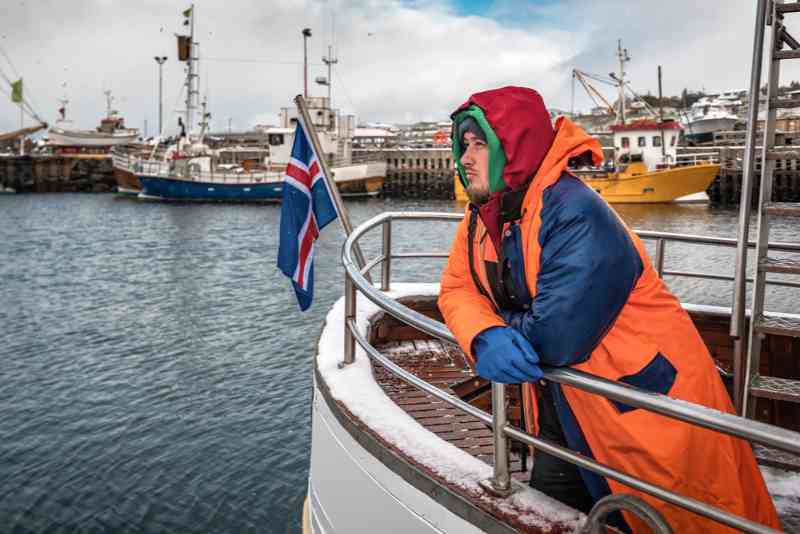
As one of the top exporters globally, Iceland is responsible for more than 670,775 tons of fish being shipped to the rest of the world each year, equating to a staggering economic influx of €1 878 million! The country’s biggest fishy export is Cod. One must also keep in mind that the economic growth of the country does not begin and end with exportation. Many different industries benefit from the growth of Iceland’s fishing industry.
Fishing vessels require special weighing scales and software to do what they do. The fish also needs to be processed, packaged, and stored. Just these few facts alone have impacted the manufacturing, IT, and retail industries for the better, and resulted in thousands of employment opportunities.
Recreational Fishing in Iceland
Recreational fishing is done over the summer and autumn seasons here in Iceland and runs from May to September. You will need a valid fishing permit in the form of the Veidikortid aka Icelandic Fishing Card. This card will give you access to more than 35 lakes. The card can be ordered online and will include all the necessary information to ensure that you stick to the right side of the law.
Different Types of Fishing in Iceland
We have a wide variety of fishing that you can choose from:
Lake Fishing
As we already mentioned, the Veidikortid will give you access to over 35 lakes and an unlimited number of fish. The card is only valid for one fishing season at a time, so you will need to purchase a new card for each new fishing season. Lake fishing also consists of a variety of fishing methods that can be used – from normal angling to fly fishing and net fishing.
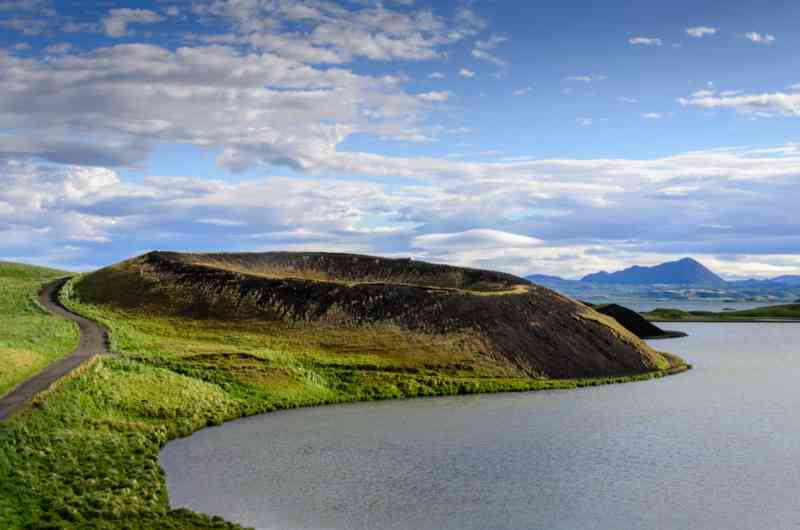
River Fishing
River fishing will give you access to some of the most beautiful settings here in Iceland. This is because most rivers originate from the melting glaciers, which means crystal clear water and breathtaking waterfalls. Although you will find some affordable rivers to fish at, river fishing in general can be pretty expensive.
Saltwater Fishing
This is one of the most popular fishing methods when it comes to the Icelandic locals (probably because it’s so deeply rooted in the country’s traditions and culture). Visitors who opt to go saltwater fishing usually combine it with some whale watching. Although you can end up with some pretty rare catches during a saltwater fishing trip, catch and release regulations will still apply.
Sea Angling (Not to Be Confused with Sea Fishing)
Sea Angling is when you do Saltwater Fishing, but mostly with two feet firmly on land. Whether sitting on a pier or sitting at a harbor, angling is a bit more laid-back and relaxing than braving the choppy ocean waters on a boat. But, once again, this is an activity mostly done by Icelandic locals rather than visitors.
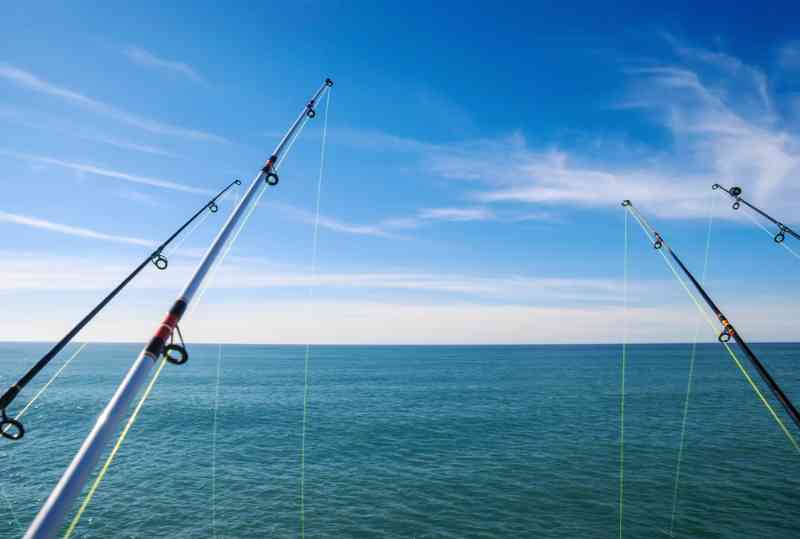
Fishing Equipment in Iceland
Fishing equipment is just as varied as the different types of fishing. Although you are more than welcome to bring along your favorite rod, there really is no need. You will find fishing equipment rental companies here on the island (especially near the popular fishing harbors and piers), as well as equipment for sale in some of our outdoor retail shops.
If you’ve booked a spot on a fishing boat tour or special fishing holiday package, just double-check with the tour operator since gear and equipment are usually included in the price.
A Few Fishing Laws, Rules & Regulations to Adhere to
The following are a few examples of the general laws, rules, and regulations regarding fishing that you can expect during your visit to the island:
- The Veidikortid only allows lake fishing in certain lakes, not the rivers or the ocean.
- Spinning is not permitted on the Salmon or Trout rivers.
- Rod fishing can be done for 12 hours a day; from 7 in the morning ‘till sunset.
- Salmon net fishing is only legal and allowed on specific days. Just double-check with the Fisheries Association, but currently, it’s Tuesday, Wednesday, Thursday, and Friday.
- Salmon fishing is only allowed between June and September, and also only in freshwater.
- You are not allowed to move Salmon from one river to another.
- You need to clean and sterilize your fishing gear and equipment before using them in our Icelandic water.
- There are certain private rivers, ponds, and lakes where free fishing is allowed, but you will require the consent of the landowner or park ranger.
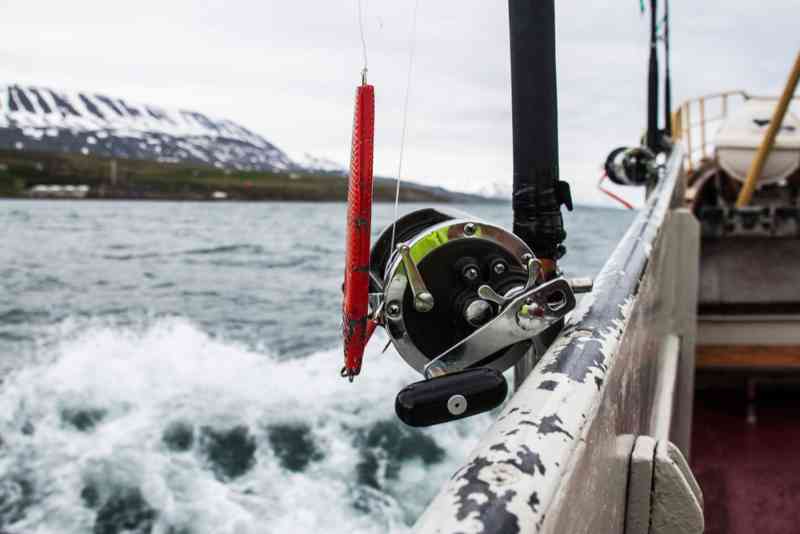
The Best Places to Go Fishing in Iceland
Below you will find some of the best fishing spots for a variety of types of fishing in Iceland:
- Lake Thingvallavatn (located conveniently close to the capital city of Reykjavík for those with limited time on the island) is perfect for various types of lake fishing methods.
- Lake Myvatn is perfect for fly-fishing.
- Lake Logurinn is another great fishing spot, but keep the lures at home – the glacier water is too foggy.
- Laugardalsa River is a go-to spot for Salmon fishing.
- Fossa River is another go-to spot for Salmon fishing.
- Miofjaroara River is also extremely popular for Salmon fishing.
- West Ranga River is also considered to be the perfect spot for Salmon fishing.
- Thjorsa River should be a priority for those who prefer to net fish freshwater salmon.
- Reykjavik’s Old Harbor is great for Sea Angling.

Catch of the Day; What Fish You’ll Find Here in Iceland
The following are a few of the fish species that you might find at the end of your line here in Iceland:
Saltwater Fish
Atlantic Catfish
This is a pretty large fish, and very common in Iceland. It is considered a traditional Icelandic delicacy when dried.
Haddock
This has been part of the Icelandic diet since the early settlement years and is the ingredient of quite a few favorite local dishes. Haddock is not a very large fish, reaching roughly 60 centimeters in length.
Atlantic Cod
Since it was the direct cause of wars between Iceland and the UK, it is clearly a favorite and can be found in abundance in the Icelandic waters. These guys can become quite large, clocking in at more than a meter in size.
Atlantic Halibut
These fish are endangered, so the only way to catch them is on a catch-and-release basis. The Halibut you find in stores has been ethically bred on fish farms.
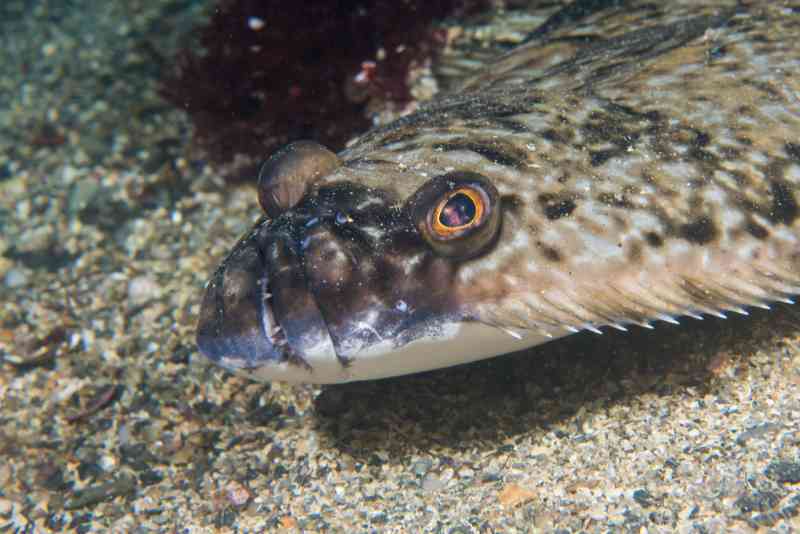
Pollock
Pollock is yet another fish commonly found in Iceland and has gotten an unfair bad rap since it’s often used in frozen junk food, but it has the perfect mild flavor that fits most dishes.
Mackerel
Mackerel is available in abundance here and is becoming more and more popular due to its red meat, low levels of Mercury, and high levels of nutrition.
Freshwater Fish
Brown Trout
Whilst Trout is generally considered common and a bit mundane, it’s quite unique in Iceland. This is because they are raised in Iceland’s largest natural lake where these trout have been isolated and flourishing far away from the rest of their fellow trout for tens of thousands of years.
Arctic Char
The Arctic Char is the most commonly caught freshwater fish and the headliner as a classic national dish.
Atlantic Salmon
Fishing for Salmon is highly regulated in Iceland but is still a favorite amongst avid fishermen (or women). In fact, famous singer, Eric Clapton, caught one of the biggest Salmon in the country.
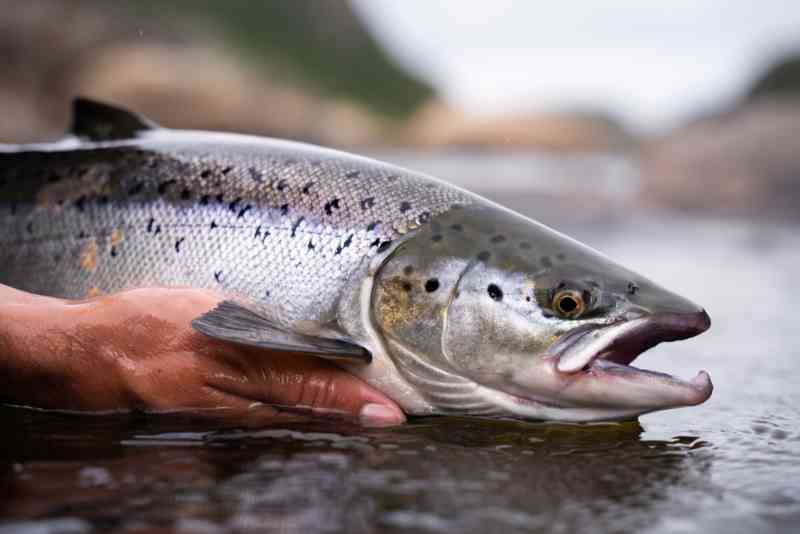
Iceland Fishing; The Ultimate Opportunity for Any Fishermen
For such a small island, we sure have a legion of options available to any avid fisher. From saltwater to freshwater and common to endangered – you can take part in and will encounter all sorts (not to mention all the interesting fellow fishers you will meet on your journey).
For a proper fishing trip whilst exploring the various regions, rent a campervan in Iceland, to turn your trip into the ultimate fishing adventure whilst traveling in style and living in comfort.



 By
By 
